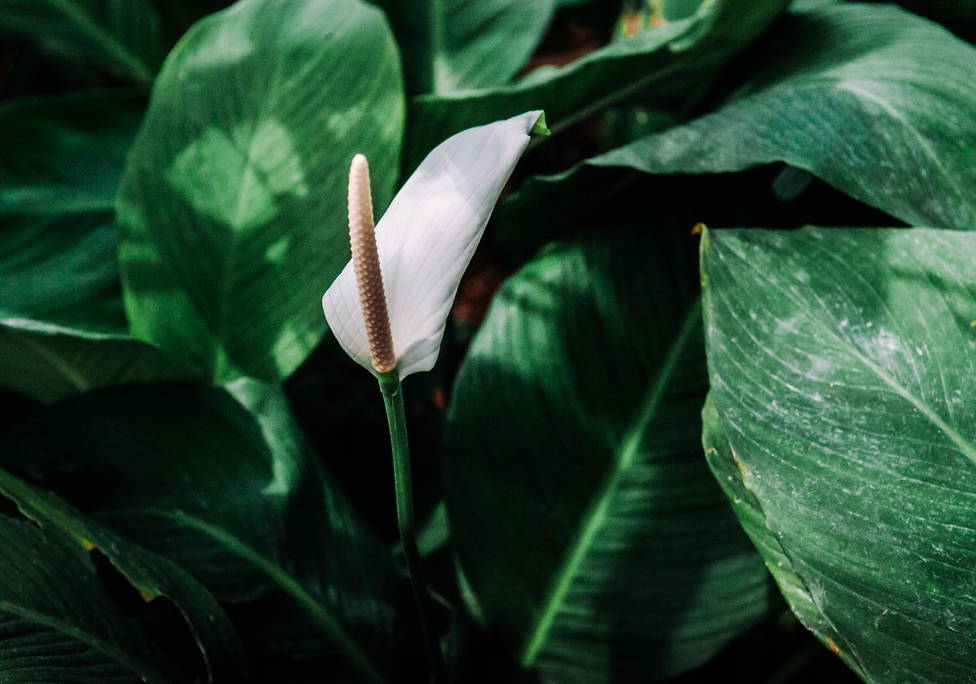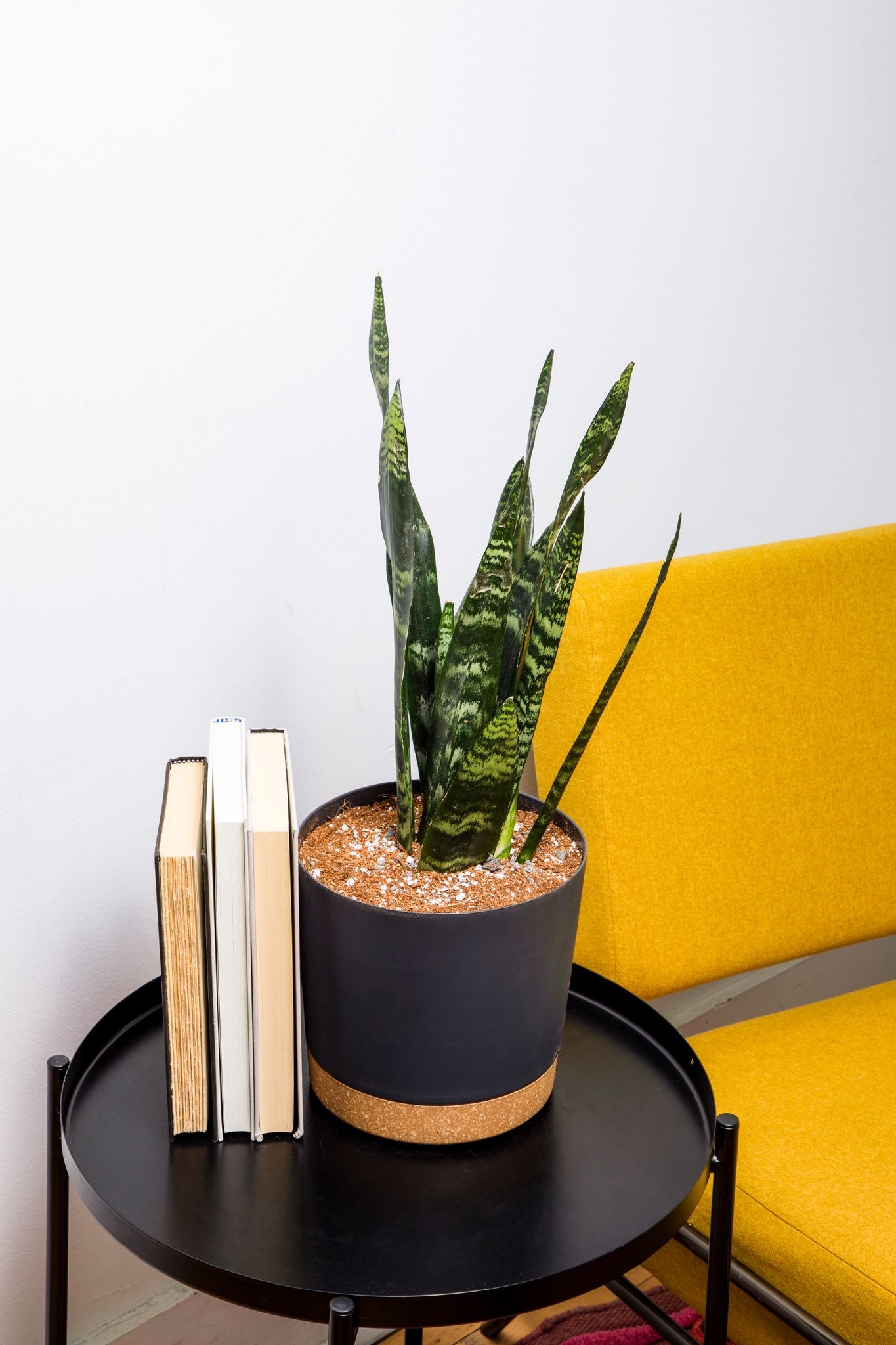Houseplant Care
Peace Lily Care in 5 Easy Steps

Peace Lily Bloom
Caring for Your Peace Lilies
Before we begin, Peace Lilies (Spathiphyllum) are toxic when ingested. Please exercise caution and do not allow people, cats, dogs, or other animals to eat your Peace Lilies.
In this care article, we will be covering the care of Peace Lilies in 5 segments:
1. Restful Roots
Peace Lilies are the true embodiment of peace. They are both sensitive and resilient; the qualities that make peaceful people. They can thrive on irregular watering and scarce nutrients, and they know no want but for moderation.
Peace Lilies are sensitive to overfeeding because their roots can burn from over-fertilized soil. Because nutrients carry a positive charge, these building-blocks of life are reactive. If the concentration of nutrients in a given space reaches a certain point, the soil will become reactive enough to harm the roots. If you are rescuing a Peace Lily that has been overfed, they should bounce back after a repotting and return to a proper feeding schedule.
To help protect Peace Lilies from overfeeding, we formulated our Peace Lily Imperial Potting Soil Mix with charcoal which absorbs some of the nutrients and releases them gradually. Once your plant is cozy and ready to be fed in the right concentration, we carry FEED ME! Houseplant Food, to wish they should only be given monthly to bimonthly during warm months and not be given at all during the cold months. As with nutrients, excess water is also bad for them. To help maintain proper hydration, we made our Peace Lily soil to be free-draining which pairs great with our spectacularly well ventilated Slot Pots with complete drainage. Stagnant water and root-rot are a thing of the past!
2. Leisurely Leaves
The first sign of overfeeding or overwatering is the discoloration of the leaves, which should clear after feeding and hydration are restored to normal levels. The soil should be fairly moist, but not drenched. Our [Peace Lily Imperial Mix] retains just the right amount of moisture to keep your Lily happy between waterings, which are best done weekly after the soil dries a bit on the top.
Your Peace Lily’s leaves may be sensitive to intense direct light and prefer indirect. If any leaves happen to get damaged and do not recover, they may be gently removed by cutting with a sanitary tool. For most trimming needs, we designed Dual Pro Pruners, Precision Clips, and Pro Snips. Trimming tools help your plant best if they are clean, as they make contact with the plant’s sensitive vascular system each time they trim. Disinfection may be done with alcohol or heat.
If your Lily has been exposed to a bit of dust or other residue, or you just want to make their leaves shiny so the color pops, WASH ME! Natural Leaf Cleaner works great! Just gently spray and wipe with a cotton pad and your Lily will be spiffy and at their best!
3. Peaceful Petals
The distinguishing feature of Peace Lilies is their satellite dish-like petal configuration where their spathe is the dish and the spadix is the antenna. What is interesting about the spadix is it’s made up of many tiny flowers. A flower on a Peace Lily is really many flowers in a trenchcoat! As with their leaves, a recommended and accommodating amount of light and water will keep them happy and in good shape!
4. Temperate Temperature
It is in the Peace Lilies nature to forgive. If they’re exposed to a bit of chill, they should pull through it within reason. Generally, they should be kept warm. The higher end of room temperature is the most accommodating for them. As always; if you’re cold, they’re cold.
5. Humble Humidity
Your Peace Lily needs humidity and takes to anything above 50%. The soil should remain moderately moist, but not drenched. If you are in a place that is particularly dry, placing a humidifier or using a humidity tray can help your plant reach their hydration goals!
 Succulents
Succulents





